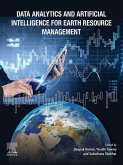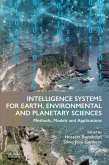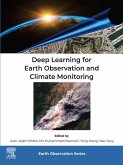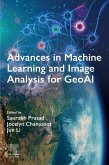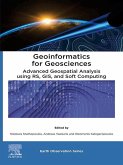Computational Methods for Time-Series Analyses in Earth Sciences bridges the gap between theoretical knowledge and practical application, offering a deep dive into the utilization of R programming for managing, analyzing, and forecasting time-series data within the realm of Earth sciences. It systematically unfolds the layers of data manipulation, graphical representation, and sampling to prepare the reader for complex analyses and predictive modeling from the basics of signal processing to the nuances of machine learning. It presents cutting-edge techniques, such as neural networks, kernel-based methods, and evolutionary algorithms, specifically tailored to tackle challenges, and provides practical case studies to aid readers with utilizing the techniques covered.Computational Methods for Time-Series Analyses in Earth Sciences is a valuable resource for scientists, researchers, and students delving into the intricacies of Earth's environmental patterns and cycles through the lens of computational analysis and guides readers through various computational approaches to deciphering spatial and temporal data. - Focuses on the use of R for time-series analysis and the application of these methods directly to Earth and environmental datasets - Integrates Machine Learning techniques, enabling readers to explore advanced computational methods for forecasting and modeling - Includes case studies with real-world applications, providing readers with examples on how to translate computational skills into tangible outcomes
Dieser Download kann aus rechtlichen Gründen nur mit Rechnungsadresse in A, B, BG, CY, CZ, D, DK, EW, E, FIN, F, GR, HR, H, IRL, I, LT, L, LR, M, NL, PL, P, R, S, SLO, SK ausgeliefert werden.



